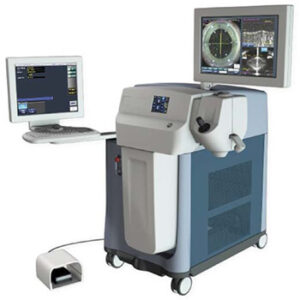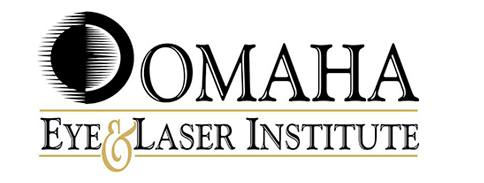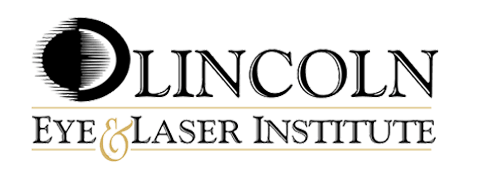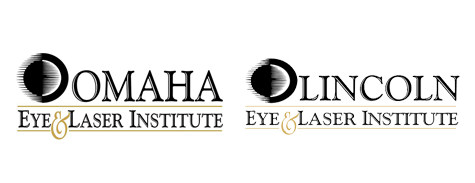Do you have cataracts? Advanced cataracts can start affecting your quality of life, making it necessary to undergo cataract surgery.
Cataract surgeons only recommend the procedure when your cataracts get in the way of everyday activities or doing the things you love. The procedure is the only way to treat cataracts effectively.
Cataract surgery removes the natural lens where cataracts form. Removing the natural lens also eradicates any cataracts and allows you to see clearly again.
At Omaha Eye & Laser Institute, we’re proud to offer our cataract patients the option to undergo laser-assisted cataract surgery. Laser-assisted cataract surgery is the most technologically advanced option for our cataract patients.
When you need cataract surgery, you may be unsure if you should choose laser-assisted or more traditional methods. Keep reading to learn more about laser-assisted cataract surgery and how it differs from a conventional cataract procedure.
What is Cataract Surgery?

Cataract surgery is the most commonly performed medical procedure in the US and many other parts of the world. Cataracts are highly prevalent, with the same being true of the procedure that treats them.
It’s an outpatient procedure with a short recovery period allowing you to return to the things you love quickly. Cataract surgery involves removing the natural lens where a cataract has formed.
Your Omaha Eye cataract surgeon will make a small incision in your eye and the lens capsule, breaking apart the lens to remove the cataract and the lens. They will gently remove any pieces of the lens using phacoemulsification.
After removing these pieces, your cataract surgeon will replace the natural lens with an artificial lens (called an intraocular lens or IOL). The IOL takes over the job that the once transparent natural lens performed, ensuring you can see clearly after cataract surgery.
But the IOL can also do more than that, depending on which kind you choose. Many premium IOLs correct presbyopia, another age-related eye condition that causes the natural lens to lose flexibility.
When this happens, it becomes more challenging to see things up close, necessitating reading glasses. Both cataracts and presbyopia are conditions associated with aging.
After removing the natural lens, your surgeon will fold up your IOL and insert it into your eye, where it unfurls. Your cataract surgeon will make necessary adjustments to position the IOL for optimal vision.
Any incisions made in the eye are small enough to heal without stitches. At this point, the procedure is over. You can go home with a friend or family member to drive you, starting your recovery.
Now that you understand how cataract surgery works, you may wonder what laser-assisted cataract surgery adds. The answer? Quite a few things!
Laser-Assisted Cataract Surgery
One of the most significant differences between laser-assisted cataract surgery and traditional methods of the procedure is that laser-assisted cataract surgery uses a laser. During laser-assisted cataract surgery at Omaha Eye, we use a LenSx femtosecond laser to create a customized surgical plan for each unique eye.
The laser is pre-programmed and guided by a computer with advanced 3D imaging. Using 3D imaging means that your cataract surgeon can see a complete three-dimensional map of your eye and program the laser to make incisions in the most optimal location.
The technology used during laser-assisted cataract procedures helps eliminate a degree of human error. Laser-assisted cataract surgery also uses the LenSx femtosecond laser to soften and break up the natural lens to remove it more easily.
Laser-Assisted Cataract Surgery vs. Traditional Methods

Traditional cataract surgery is a procedure with very few risks. Because so many people need the procedure, most cataract surgeons perform it thousands of times and are considered experts.
But there’s always some human error, no matter how minute. Traditional cataract surgery uses a blade to create incisions in the eye rather than a computer-guided laser.
Laser cataract surgery is far more precise because it utilizes a computer-guided laser. Using a computer-guided laser makes laser-assisted cataract surgery a procedure with fewer risks than traditional methods. It’s also less invasive because it disturbs the least amount of tissue, easing the healing process.
The laser that softens the lens also contributes to patients experiencing a smoother recovery process. During traditional cataract surgery, your cataract surgeon will break up the lens using an ultrasonic instrument and uses the same tool to remove the pieces during phacoemulsification.
Laser cataract surgery also uses phacoemulsification, but no ultrasonic instrument is used. Instead, the laser breaks up and softens the pieces of the lens.
With this alternative method, there’s less ultrasonic energy needed to remove the pieces, leading to a quicker process that disturbs fewer tissues in the eye.
Laser cataract surgery means a faster, more precise procedure, swifter recovery, and a lower risk for complications, all benefits for patients.
Other Advantages of Laser-Assisted Cataract Surgery

Patients looking to get the most out of cataract surgery should consider laser-assisted cataract surgery. However, because it is not the traditional method of the procedure, you will have to pay out of pocket.
Traditional cataract surgery is entirely covered by health insurance, but laser-assisted cataract surgery is not. But the added benefits of the procedure mean that the extra cost is worth it for most patients.
Another reason that laser-assisted cataract surgery is worth considering because you can choose a premium intraocular lens with it. Premium IOLs perform best when you have laser-assisted cataract surgery to implant them.
Many premium IOLs not only mean being free of cataracts but also correct presbyopia and often reduce or eliminate the need for reading glasses and other aids. If you choose a premium IOL, you may achieve better vision than before cataracts. We offer several premium lenses at Omaha Eye. Your ophthalmologist will recommend the best one for your visual needs and lifestyle goals.
Choosing laser-assisted cataract surgery often also means deciding on a top-of-the-line premium lens. The combination of accuracy and precision means it’s never been easier to see clearly after cataract removal.
Are you ready to say goodbye to cataracts? Find out more about laser-assisted cataract surgery by scheduling a cataract consultation at Omaha Eye in Omaha, NE, now!





